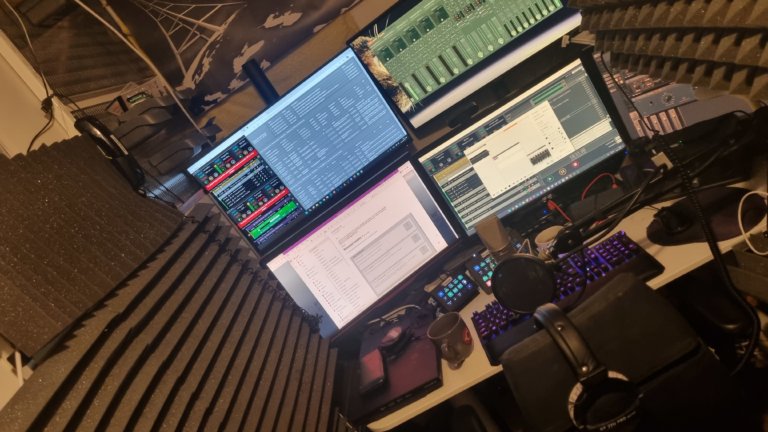
Three years on the air!!!
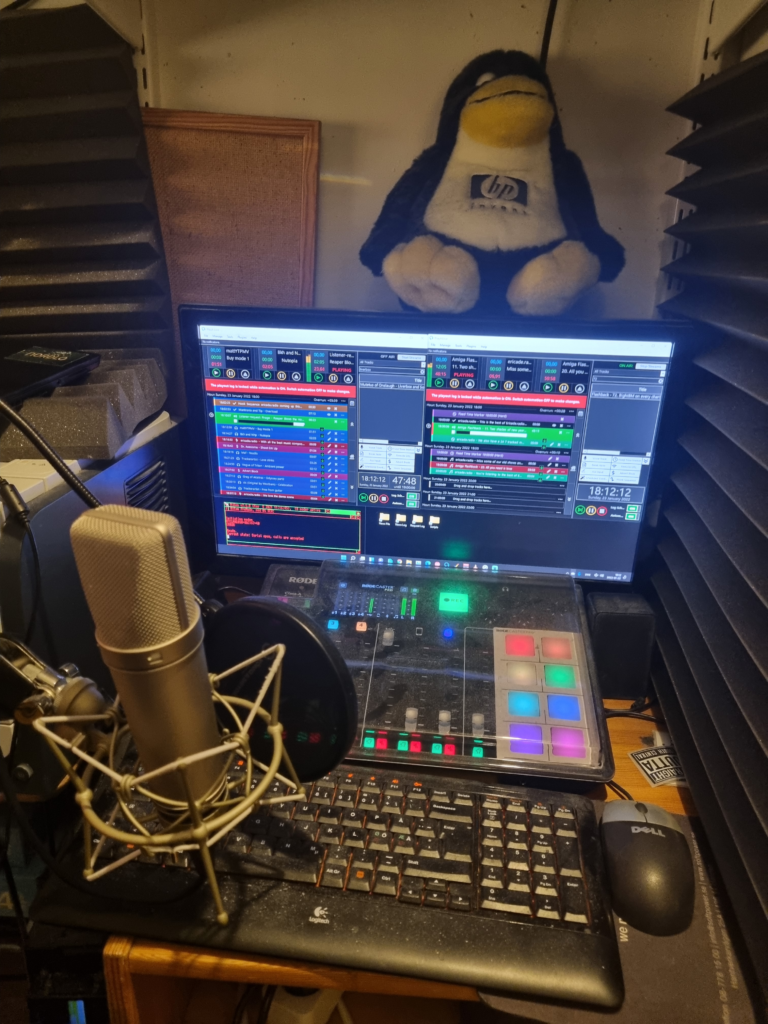
13th of September will mark the fourth birthday of the The ERICADE Radio Network. If you wonder, two years ago I wanted to change the name to ericade.radio, but replacing all the StationIDs would simply be too expensive. So ericade.radio is now the short name instead. Anyway… I’m proud to call this a radio station, which may weird, when everyone else thinks of streaming music as little more than a playlist generator. This is not wrong, but it is missing why a true radio station is so much more than Spotify’s radio feature or a YouTube-channel promising “Synthwave, chipwave, retrowave … something, something the dark side”. Ahem… IT’S CALLED TRACKED MUSIC!!! Oh, anyway. What makes ericade.radio a radio station, is exactly what makes any radio station just that. Three words: format, idents, clock
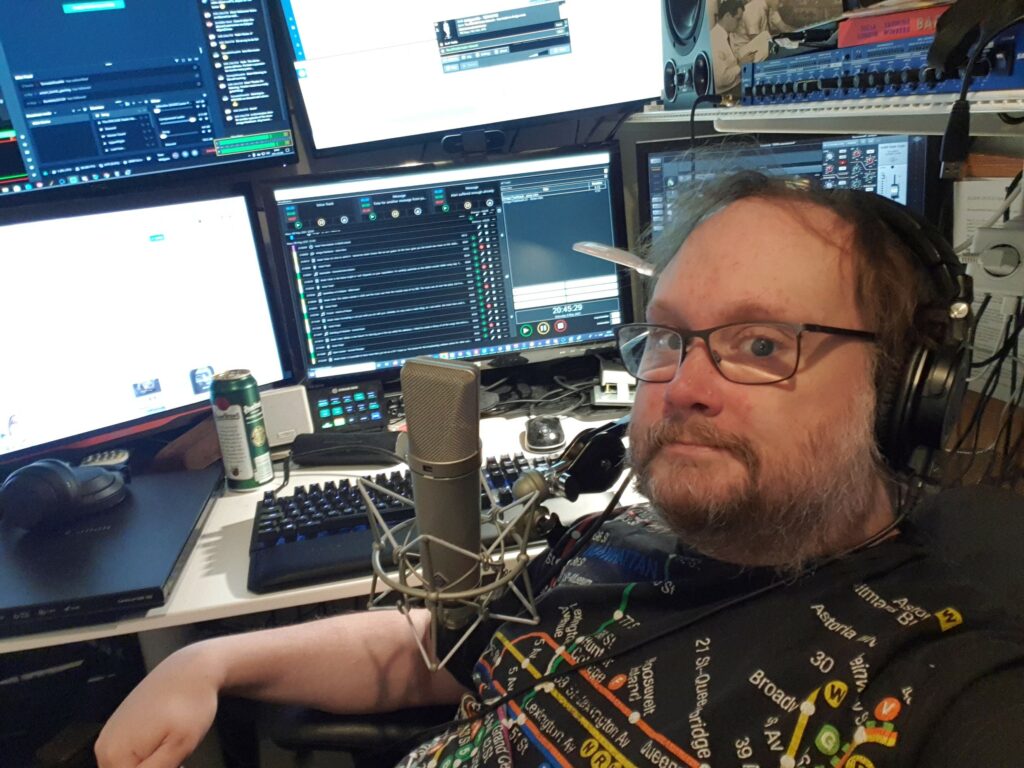
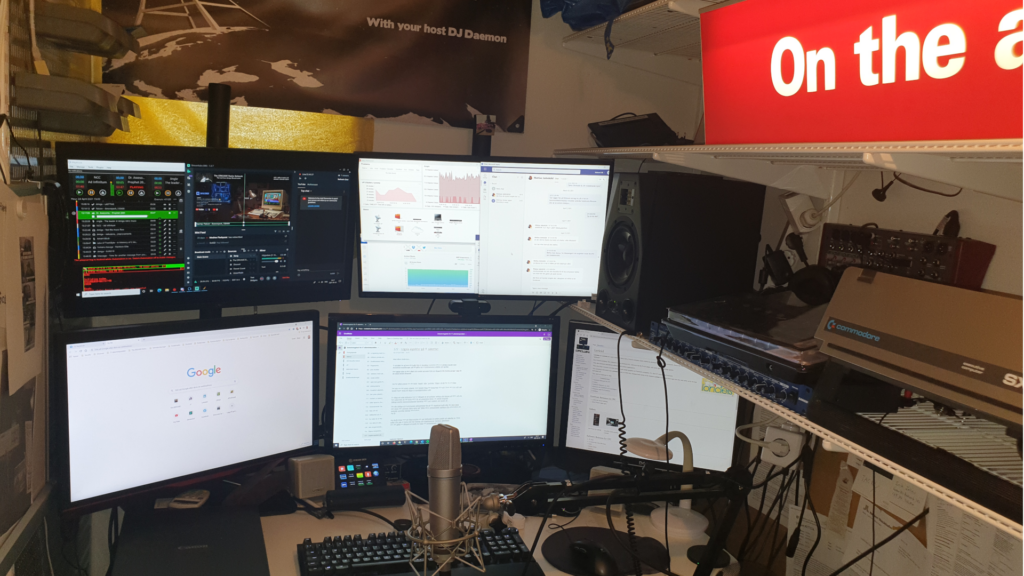
Format
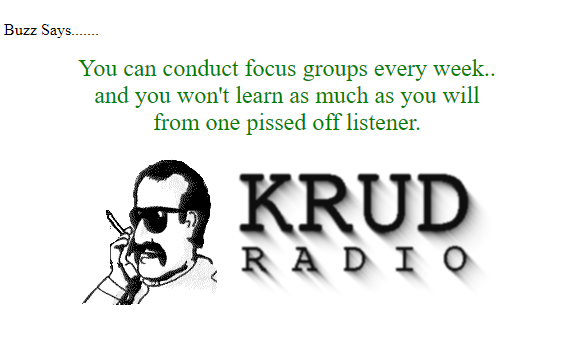
Simple! Just play the same kind of music. If listeners stop listening because they like the station, but there are so many bad songs on it, you need to tighten the playlist. With tracker music, this means getting an ear for what “sounds right” when sifting through new songs. I have rejected songs I loved, but I felt that they would never fit. So bad does not necessarily mean that it’s horrible to listen to. My work is to “curate” the music. A decent estimate suggests there are 200,000 Amiga 4-channel tracked songs still available on the Internet. Ericade.radio has little over 2000 songs, but they’re all tested by me and often gets stars from listeners. This way a lot of thought is put into it. And the most popular trackers we play music from are: Amiga 4-channel module – 43.3% Fasttracker – 27.4% Impulsetracker – 13.8% Modern remix – 5.3% Screamtracker – 3.8%
Idents
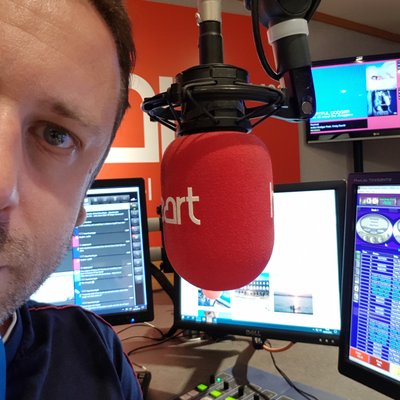
All radio stations must identify themselves. This is pretty much a universal law and goes for radio amateurs, beacons, repeaters, and broadcasting stations. In Sweden, amateur stations must “regularly” identify themselves. In the United States, the home of radio, stations are assigned call signs starting with K or W. So, the station must announce its call sign something like “You’re listening to KJCM 106.7” or “This is KRUD 98.5 on your FM dial”. Idents automate this and have evolved into “Station IDs” that may say things like “This is WTHX – the voice of Podunk, Texas” or “You’re tuned to WWTF – The leader in Black metal-country ballads”. If you have ladies with pretty voices singing the station call-sign and the slogan, that is a “jingle”. If the call sign and slogan is stated by a burly man with testosterone poisoning and is heard in the beginning of a song – that is called a “Sweeper”. Idents must be carefully selected and not be too long, inadvertently funny or just bad. They are the audio logotypes of the station. We used to have Nicole Carino, now it’s a British DJ that goes by the name of Jono Woodward.
Clock
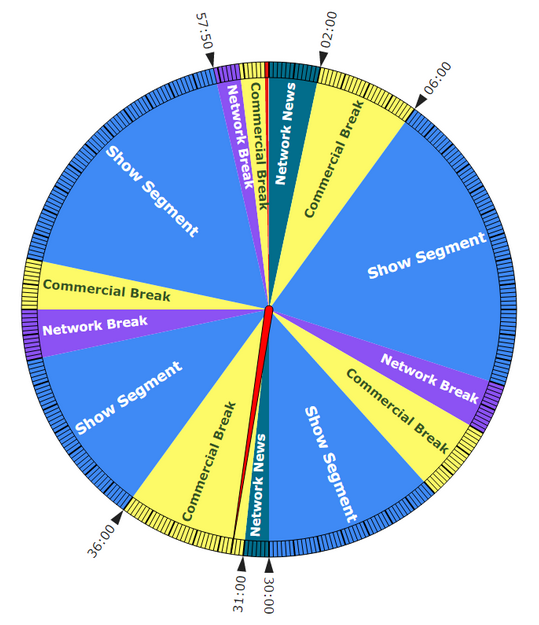
Imagine a round plate with two … Ah, you know how an analog clock looks. Now, what if I pull of the second- and hour-hands? The clock face would now just show you the minutes. This is the brain behind a true radio station. It resets when the minute hand strikes twelve. Therefore, we talk about “top of the hour”. This automatically starts a new hour and is unimaginatively called a “clock”. You can have different clocks for different parts of the day or weekdays. A clock running on Friday evening would probably have up-tempo music, while Sunday afternoon clocks plays more mellow music. A clock is thus a list of what to play at a given time during the hour. This means that you can draw a clock face and then put slices for each tune, advert or ident that is supposed to play at that time. This is never exact, but the order is always preserved.

Ericade.radio is an Internet station, so it will not care that much. I’ve decided to assert the local, Swedishness of the station by having four clocks. They each state: “Good morning”, “Good mid day”, “Good afternoon” and “Good evening”. The station voice, Jono Woodward complained about the “Good mid day”-one, as English countries don’t say that. In Sweden we do. Since I paid for the idents, he complied. 😀 All clocks here play the same kind of music, as it would be too much work trying to shape the mix and, on the Internet, it would not matter too much anyway. But professional stations will put a lot of effort into “dayparting” as this is called. They also instruct the software to build tempo transitions by choosing songs that ramp up the tempo and then drop it. I don’t have the time to rate all songs based on speed and texture. Texture is the complexity of the song. Low textured songs have few instruments, and high textured ones can be more like symphonies. Ericade.radio makes use of clocks as must be done but does not really daypart or mix the tempo. Trivia: when Beatles released “Hey Jude” in the late 60s, stations did not want to play it, but were forced to due to its immense popularity. The problem was that it’s around eight minutes long. A clock is historically built around a song being 2-4 minutes and that up to 15 songs fit in an hour. Ad breaks and idents may change this. So that’s what makes a station? Well, it’s more like the “tenements” of the station. I will talk more about the other things in later posts. But I want to briefly point out one more thing that a true radio station must do. And that the playlist channel of the kind you hear on YouTube will not.
Process the audio
Loudness is a touchy subject for any audio guy or gal. But I believe it comes down to:
- Consistency (Same darn sound levels all the time!!!)
- Proper loudness (It needs the oumph!)
All songs I put on the station will be automatically normalized to -11 dB to a full-scale output (LUFS), which is a fancy way of saying “darn tooting loud”. This means that songs recorded too low will be “lifted up a bit”. The broadcast software (PlayIt Live) will then set it to a reference level of -16 dB LUFS, which is a bit more like “somewhat, but not too loud. My hearing aid is bad”. This means that the idents, my speech, and the songs will have a consistent level. But this is only the beginning. Time to get REALLY LOUD.
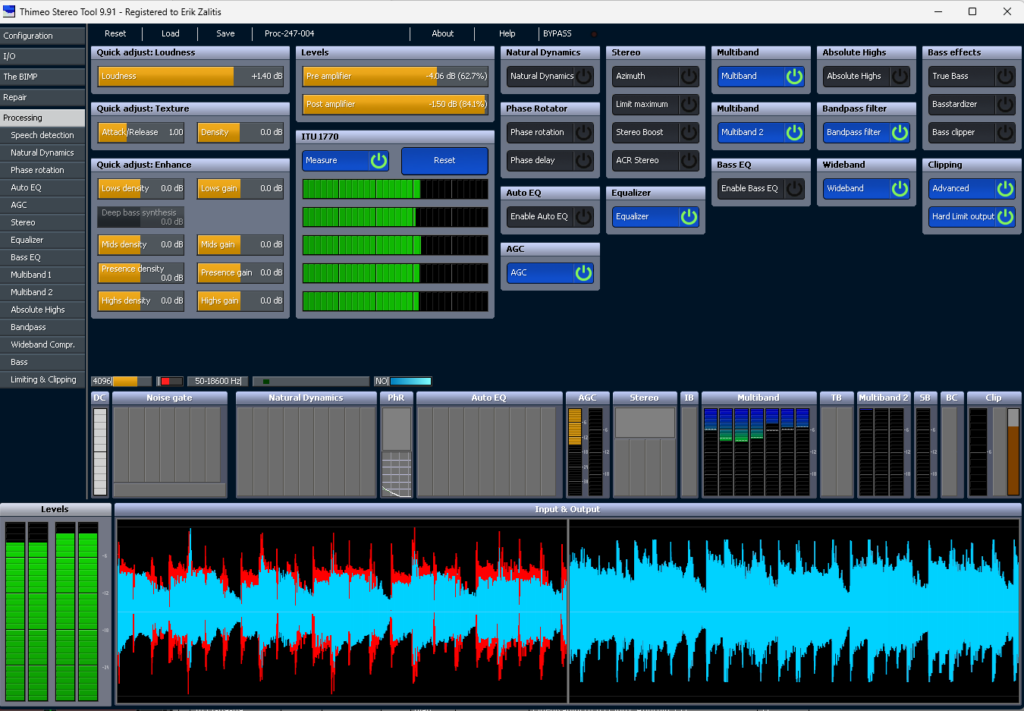
The station will at this time play at the same level over time. But the proper loudness is not yet there. There are many broadcast processors out there. I’ve chosen Thimeo Stereo Tool and bought all the licensed modules bar the ones used for AM or FM-processing. The audio gets in and get levelled right and then repeatedly smashed by three big hammers until marches in an orderly line in perfect columns. Those hammers are called “compressors”. To give you an idea of what this means, while using a huge over exaggeration: it makes a hair pin dropped to the floor and an atom bomb blast next door sound the same level. That’s a sacrifice as it means quality can suffer. Badly processed stations sound “pumpy” as peaks in energy (think drumbeats!) pushes the whole song down and then it slowly returns. Listen to NRJs stations here in Sweden to hear just how bad this can be.
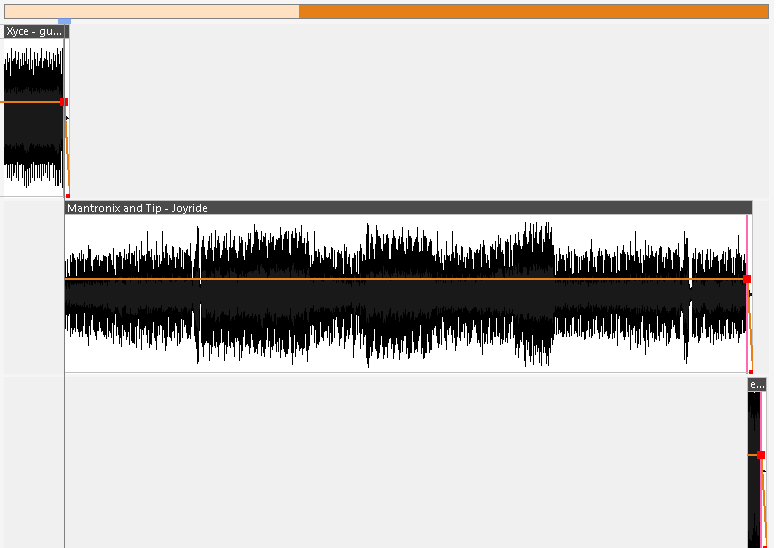
And yes, the segues. Not the weird bikes, those are called “Segways”. A segue is how a track mix over to another. And a true radio station must allow no gaps between them! This sounds unprofessional and really “just a mere playlist”. The CUE-points is what sets the point at which the segue must start. This is done automatically, but I must check them before they go on the air. Pushing new songs into the station is the whole idea behind “Flashback, tracks from the past”. But I will save that story for another day. Four years on the air – a huge thank you to all of you supporting the station. You know who you are. Again, thank you.
Links and credits
KRUD Radio – a parody of a typical US station. And all other stations as well if you ask me. The radio clock: by Unknown author, Public Domain, https://commons.wikimedia.org/w/index.php?curid=64214483